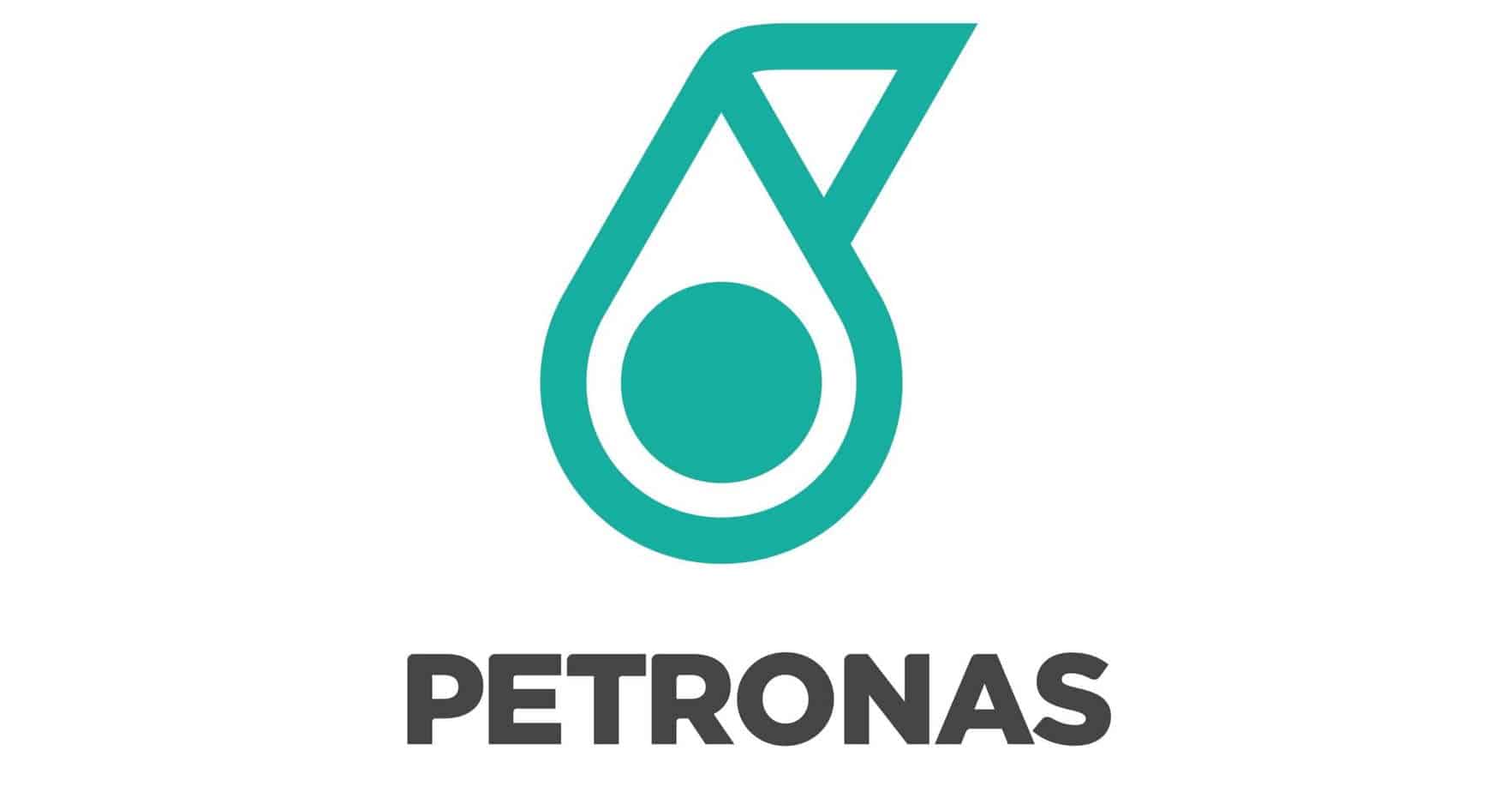
In electrical distribution systems, power transformers are critical.
They are designed to operate within specific temperature ranges, and when they run at elevated temperatures, their efficiency decreases. Insulation degrades faster and the risk of system failure increases.
This article will set out the primary causes of high transformer temperatures. This is important for maintaining reliable power systems and preventing the downtime and overheads related to equipment failure.
Inadequate cooling
A cooling system is a transformer’s primary defence against excessive heat buildup. When cooling mechanisms fail or operate below their capacity, temperatures can rise rapidly to dangerous levels.
Blocked cooling ducts, malfunctioning cooling fans or inadequate radiator capacity can severely compromise the cooling process.
Natural air circulation around the transformer can be restricted by nearby structures, vegetation or accumulated debris. This reduces heat transfer efficiency and causes internal temperatures to rise. In forced-air cooling systems, fan failures or reduced airflow due to clogged filters create similar problems.
Overloading
Operating transformers beyond their rated capacity is one of the most common causes of elevated temperatures.
Electrical transformers generate heat due to energy conversion. This heat production increases along with the load. When transformers consistently carry loads exceeding their nameplate ratings, the additional current creates excessive losses in the windings and generates more heat than the cooling system can properly manage.
While temporary overloading during peak demand periods may be acceptable for short periods of time, consistent overloading accelerates the ageing of insulation and reduces equipment lifespan.
Oil leaks
Transformer oil – made by manufacturers such as Shell and Mobil – serves dual purposes as an insulator and a coolant. When oil leaks occur, the transformer loses its primary cooling medium, and this leads to rapid temperature increases. Oil leaks can develop from gasket failures, tank corrosion, bushing seal deterioration or physical damage to the transformer tank. Even small leaks can have significant consequences over time.
Reduced oil levels compromise the natural convection cooling process. This exposes internal components to air, which has inferior heat transfer properties compared to oil.
Low oil levels also risk arcing and electrical faults, which themselves generate additional heat. Regular oil level monitoring and speedy leak repairs are crucial for maintaining proper thermal management.
Transformer component failure
Internal component failures create ‘hot spots’ and overall temperature increases throughout the transformer. Tap changer malfunctions, loose connections and winding faults generate additional heat. Failures often create cascading effects where increased temperatures speed up the degradation of other components.
Core lamination faults can increase core losses significantly, while bushing failures may create arcing and excessive heating. Winding insulation breakdown leads to turn-to-turn faults, generating substantial heat in confined areas. These component failures not only raise operating temperatures but also reduce the transformer’s ability to handle thermal stress.
Poor insulation
Deteriorating insulation systems contribute to high transformer temperatures.
Aged or damaged insulation offers reduced dielectric strength, and this can lead to partial discharges and localised heating. These discharges generate heat while degrading the insulation further. This creates a progressive failure mode.
Moisture penetration is very damaging to insulation systems, as water significantly reduces insulation effectiveness and poses the risk of electrical tracking. Contaminated insulation also has different thermal properties than clean materials, and this can potentially result in thermal imbalances within the transformer. Poor insulation design or installation can cause areas of electrical stress concentration, and the result can be hot spots that eventually spread throughout the system.
Cooling medium contamination
Contaminated cooling oil loses its effectiveness as both an insulator and coolant.
Water contamination reduces the oil’s dielectric strength and changes its thermal properties. Particulate contamination can block cooling passages and create hot spots. Chemical contamination from external sources alters how the oil transfers heat.
Sludge formation from oxidised oil can create deposits that insulate heat-generating components from the cooling medium, and this creates thermal barriers. Dissolved gases from internal arcing or overheating can also be contamination that reduces cooling effectiveness.
For the reasons outlined above, regular oil testing is part of thermal management and is a best practice that prevents failures related to temperature.
Maintaining the right transformer temperatures requires consistent monitoring, preventive maintenance and attention to cooling system performance. With an understanding of these common causes, operators of electrical systems can provide better thermal management and equipment protection.








































